Up Next

Red Bull’s 2021 Formula 1 car – to be unveiled on Tuesday February 23 – is the machine that will decide whether the season ahead is yet another Mercedes walkover or something more open.
Much of that outcome relies on Honda in its final year of official F1 presence. Last month – shortly before official confirmation of Red Bull taking over Honda’s engine technology from 2022 – Scott Mitchell explained just how much Honda is throwing at its 2021 title bid.
Honda’s final Formula 1 engine of this era will be a new design brought forward from a planned 2022 introduction to try to bow out of the championship by winning the 2021 title with Red Bull.
This season will be Honda’s last in F1, at least for now. While its technology is expected to continue with the team as Red Bull seeks to formalise a takeover of the Honda programme, the Japanese manufacturer’s official involvement will end this year. It became a race winner again with Red Bull but so far fallen short of its ultimate ambition.
This year it’s pulling out all the stops to change that: including using what might be termed a ‘2022 engine’.
That’s a reference to the twice-changing development timeline Honda mapped out, but also a nod to the extent of the changes from the engine it used in 2020.
Honda opted to defer its heavily updated engine by one year. However, it was caught out by the progress Mercedes had been able to make for 2020
Until around a year ago, Honda was planning a swathe of updates for its power unit for 2021 anyway. But this was when F1 was preparing for new technical rules in 2021. When the coronavirus pandemic struck, F1’s new car rules were pushed back to 2022, and stricter engine dyno limitations were implemented for 2020.
Honda opted to defer its heavily updated engine by one year as well. However, upon the beginning of the 2020 season last July, it was caught out by the extent of progress Mercedes had been able to make. Red Bull would remain second-best almost the entire season.
Watching Mercedes move the goalposts again forced Honda to consider whether the all-new engine might be needed sooner rather than later. The company announced late in the summer it had decided to quit F1: but it had already decided to go all-out in 2021.
“It is not really connected to the decision that we are quitting,” F1 managing director Masashi Yamamoto tells The Race about bringing the ‘2022 engine’ forward again.
“It’s rather connected to the performance of others. Mercedes’ performance was really good and also stable, and considering that we thought we should make changes for the power unit.”
Honda’s F1 technical director Toyoharu Tanabe adds: “We are still behind Mercedes. It’s getting closer than previous, but the gap is still clear.
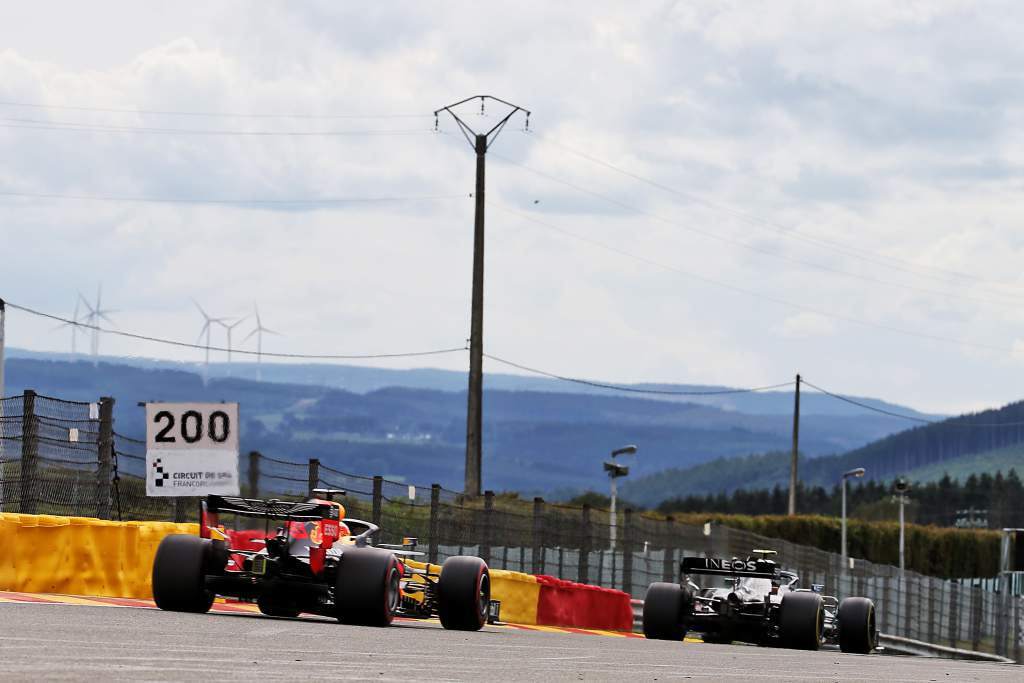
“It’s still a difficult situation from the power unit point of view. We try to make the gap small, and then catch up, and then overtake. It’s not an easy job for us.
“Every single unit needs to improve. ICE power and the ERS area, compared to the other manufacturer, we have a weakness in that area, too.
“Overall, we have a gap to Mercedes.”
Establishing whether it was possible to move the new engine’s timeline back to 2021 after all was not the work of a moment. It included considering the availability of parts, how much development time Honda would have, and whether it would be able to guarantee reliability.
An in-season development freeze for 2020 meant Honda banked dyno hours compared to the amount it would have conducted in a ‘normal’ season. So, the scope of 2021 development at its Sakura facility would not be compromised.
But with only one change of specification allowed from the end of 2020 to 2021, Honda had to consider the risks of throwing everything into a new engine for the start of the year.
This was “one of the biggest challenges”, says Tanabe, because if the engine development is insufficient, it will not be allowed to make further changes in the pursuit of performance through the season.
Eventually, though, Honda agreed going back to the original plan was possible.
“We considered a lot of things,” Tanabe says. “It is easy to move a schedule later. It was hard to move it [forwards].
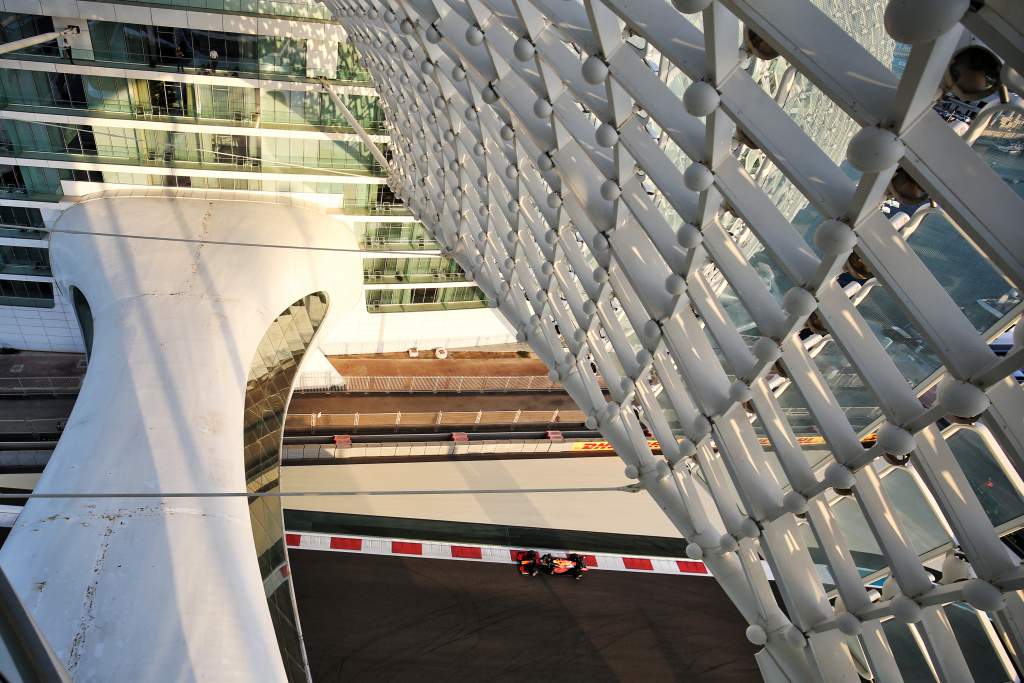
“But from a performance point of view, the deficit from Mercedes is still there. So how can we improve the power unit, how can we catch up?
“The performance of the car is a package: chassis and power unit. The team develops the aerodynamics or mechanical grip. What can we do, on the power unit side, to improve the car performance with power unit power?
“We are trying to catch up to the top runner. We decided to introduce that power unit. So, back to the original plan [of 2021].”
It’s clear Honda has undertaken a big task and expects serious reward
Crucially, it was practically possible. While the new technical rules mark a major change in car design, the ‘box’ that the power unit fits in doesn’t change a great deal. And as Tanabe puts it, the requirement for the engine is always that it’s “small, compact, and has a clean installation”.
There were no big “surprises” in how to package the engine for the new rules, which means it could fit into both the 2021 car and the 2022 car.
As for the extent of the changes, since the worst of its McLaren criticisms, Honda has been quiet and reserved when it comes to discussing its technical progress.
What is known is that since Honda changed the layout of its engine for 2017, splitting the turbine and compressor like Mercedes, its developments have been significant in other ways than the fundamental architecture. It has retained the same design in each season since, developing the concepts to their maximum – which appears to have been reached in 2020.
But that doesn’t mean a 2017-style remodelling is coming. Honda’s engine layout will not change.
The rear of the car is staying mostly the same given the amount of chassis carry-over to plug the gap caused by delaying the new technical rules to 2022. A major layout change is “impossible from the chassis point of view”, says Tanabe.
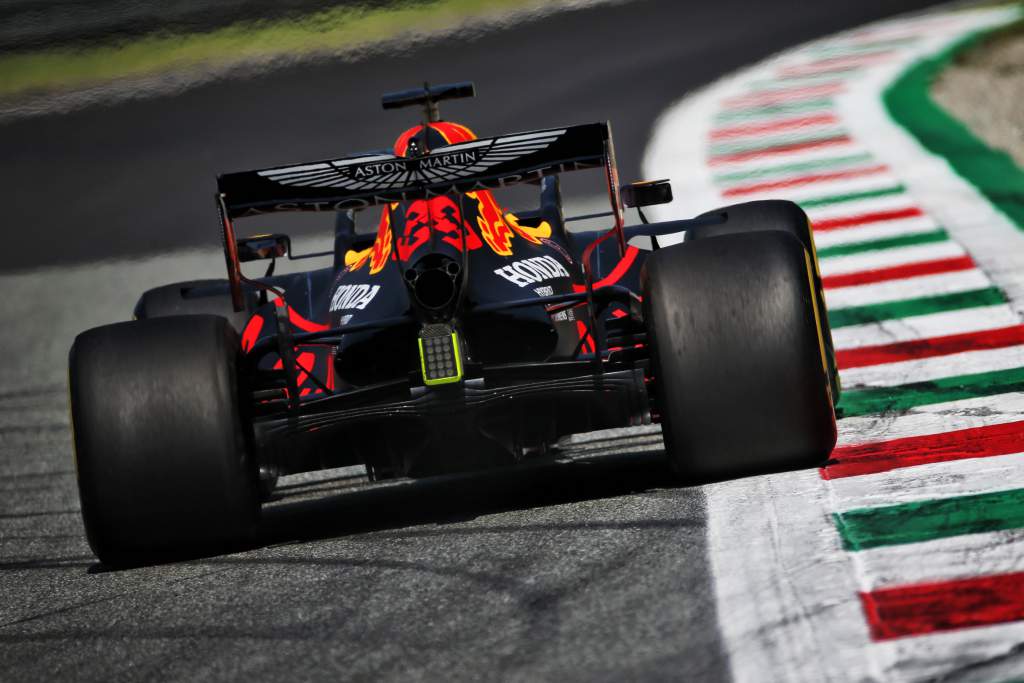
But it seems that within the ‘box’ of the power unit, Honda is seeking to make gains as much as possible.
Tanabe says that both the internal combustion engine and the energy recovery system will be reworked for 2021. It adds up to a significant change. But “significant is very difficult to define,” he says.
“It’s just ‘new’. The details of each area will be updated or improved.
“It’s a kind of improved performance and reliability – and the maintenance. Easier care and maintenance, something like that.
“I can say it’s fine-tuning. Again, the definition of fine-tuning is very difficult! We will make an improvement in every single part of the power unit.”
There are so many ways in which the performance of the V6 turbo-hybrid engines can be altered that trying to speculate what Honda will or won’t change is a fool’s errand without first-hand knowledge of the technology.
But it’s clear Honda has undertaken a big task and expects serious reward. Tanabe says there are concepts being implemented that take a long time to validate – hinting that Honda may be unleashing ideas that, so far, haven’t quite fit with its gradual evolution of the same design.
“From 2017/18/19/20, we carry over the basic concept or design,” he says. “Then, in parallel, we try to improve the performance, different types of design.
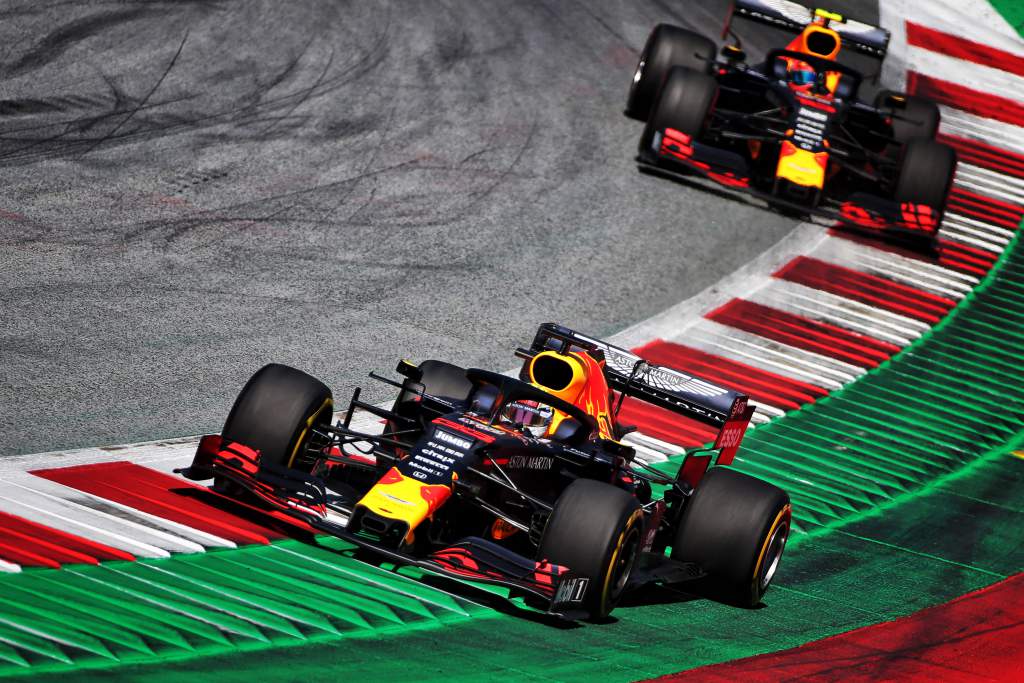
“We tried several different options during the previous years, and we have a good result from some of them.
“Then we apply that for next year. It took time to develop a different design or different concept. Now we could say ‘OK, go ahead’.”
And further evidence of the magnitude of Honda’s engine upgrade lies in the risk attached to it.
Honda is wary of reliability problems striking this year.

It has made great strides since the days of relationship-destroying fragility with McLaren and will continue to undertake strict durability testing with its 2021 power unit, but by pursuing a new engine it is opening itself up to problems. Honda will need to adjust its trackside operations for the new design as well.
“We cannot tell it’s 100% safe,” Tanabe admits. “Of course, the race engine on the dyno sometimes can finish the durability test without any trouble, but when you bring that power unit to the track and have other situations it makes trouble on the power unit.
With one last chance to win the F1 title as Honda, rolling the dice is more appealing
“We cannot simulate exactly the same vibration work or acceleration on the dyno. The dyno facility cannot handle that type of thing. So, of course we have a concern. We’ll try to evaluate everything in three days testing. That is the final evaluation point.
“But actually, it’s too late if we have a big problem there.
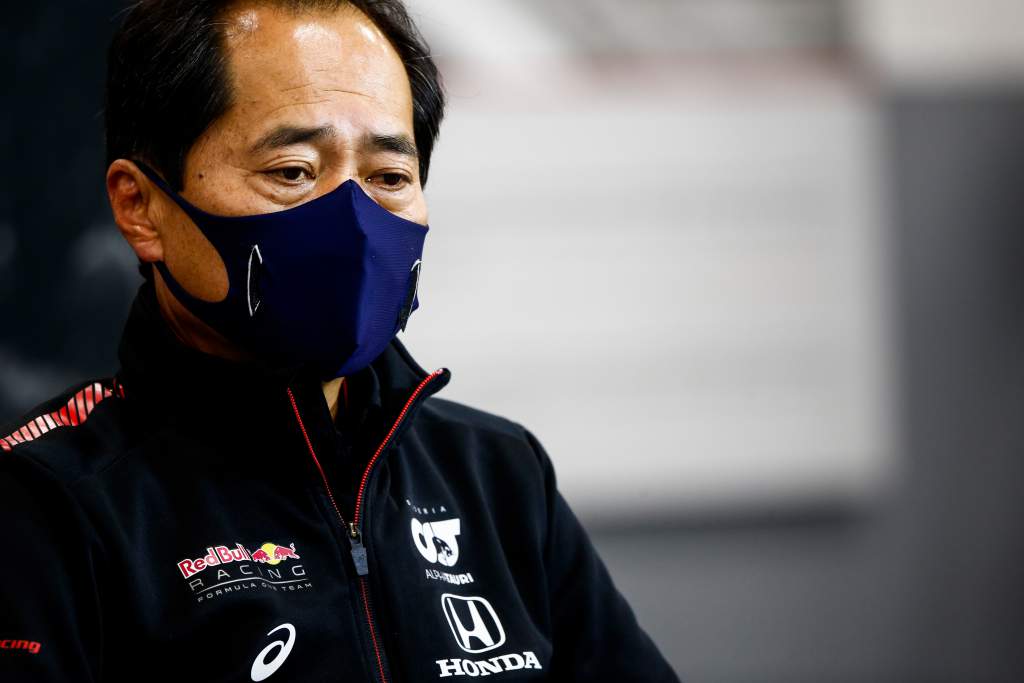
“New means from the trackside point of view, we need to adjust everything ready for racing. Not only hardware, but also calibration.
“I’d prefer to have two three-day tests, so we can make adjustments between the first test, and the second. Three days is a little bit too short in my opinion.”
Tanabe says the situation brings a mixture of excitement and trepidation. Each engine manufacturer balances risk and reward in the development of its technology but, especially under Tanabe’s stewardship, Honda has always been careful not to take on too much.
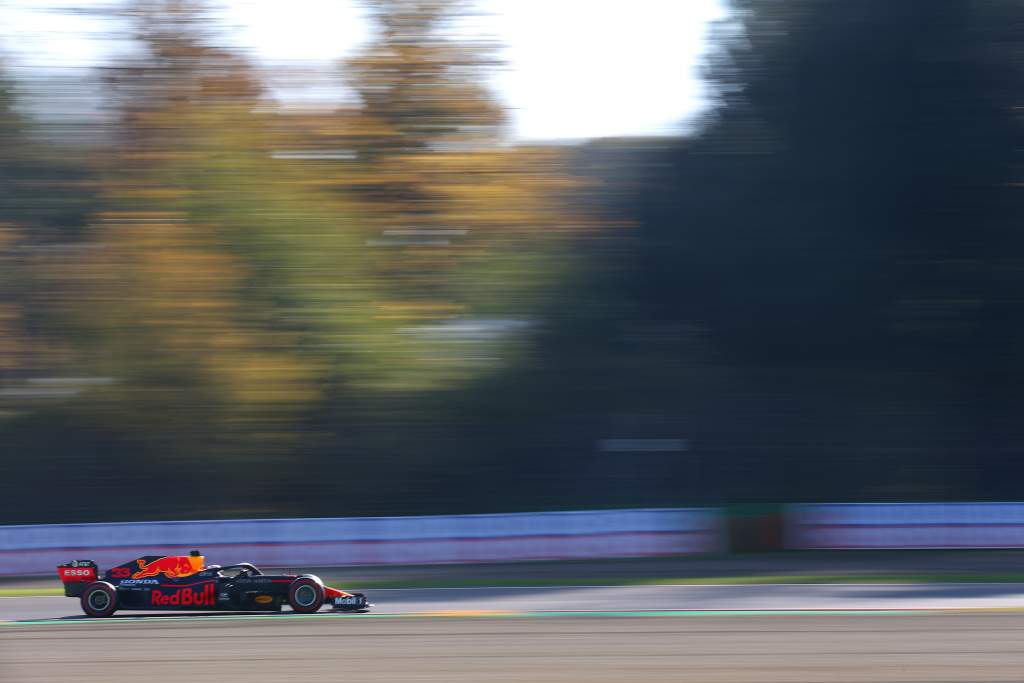
But with one last chance to win the F1 title as Honda, rolling the dice is more appealing.
The justification for this push ultimately lies in what Honda believes it will take to beat Mercedes. And in the simplest of terms, Honda wants to win for itself and for its partner – so of course it is digging deep for the last dance rather than coasting.
But there is an emotional, human element to this as well. Honda owes a lot to the company and its two teams. So, there’s an element of letting a valued partner in Red Bull down by leaving it after 2021, and the corporate decision to leave F1 did sting the racing operation too.

“It’s like a family,” says Yamamoto of the Red Bull-Honda alliance. “So for us, for the racing members, it’s really tough.
“And of course, we have looked if there was any way to continue the racing with them. However, it is a company decision. It’s just very sad for us.
“We want to meet the expectation from the teams, and also drivers, even though we only have [2021]. But we will do our best to meet the expectations and trust.”
The motivation within Honda itself is a vital element. Some have questioned whether Honda’s early decision to depart F1 meant the programme would trail off. But a lot of people have worked extremely hard on this project. They want to end on a high.
More importantly, they can. Honda is quitting, but it isn’t taking its ball and going home just yet.
It’s committed the financial, human and technical resources to throw everything at the 2021 power unit, and Honda personnel also know this technology is likely to race on in 2022 and beyond with Red Bull taking it over.
Honda set itself the goal of winning races and getting a championship when it came back to F1.
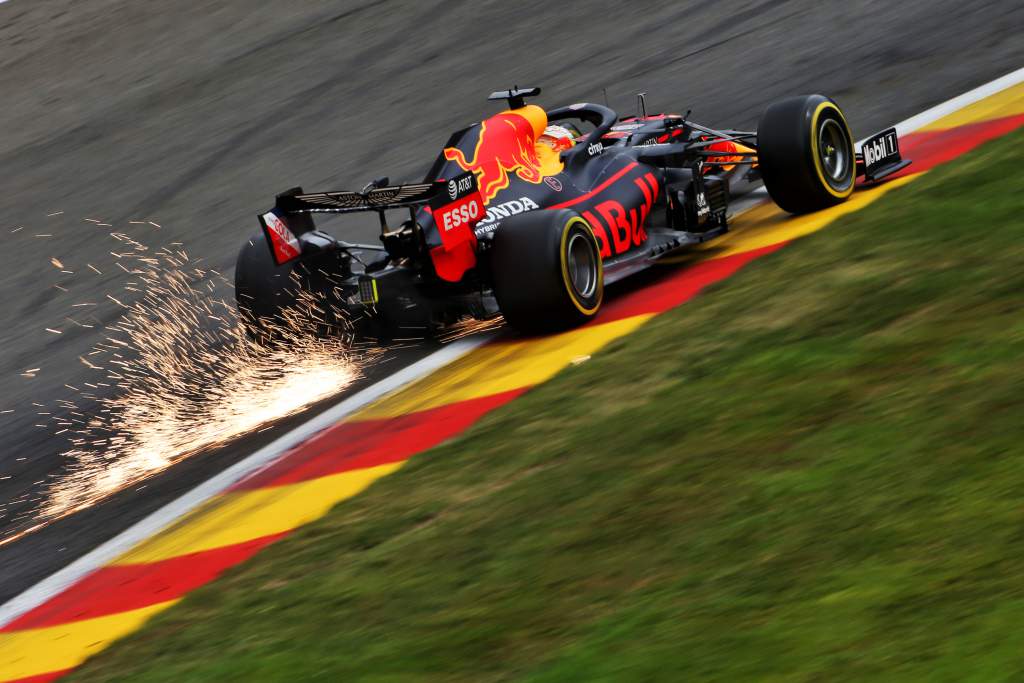
“We haven’t achieved that target yet,” says Tanabe. But it might be able to in 2021 and that provides tremendous purpose.
“The people in Honda love racing,” he adds.
“If they don’t have that motivation in themselves, once Honda said ‘OK, end of 2021, we are going to leave Formula 1’ – we cannot keep that motivation. We would say ‘OK, one year, same power unit, easy life, then bye-bye’.
“But our people do not do that. We say, ‘OK, our last season, what can we do to get the championship? What can we do with the team?’.
“That’s why we moved back that 2022 power unit to 2021. People are motivated again to improve our performance. There’s no negative situation in Sakura and Milton Keynes. It’s the opposite side, a positive motivation has been added after our announcement.
“Then we work hard preparing for the 2021 season: the last for Honda in Formula 1.”








